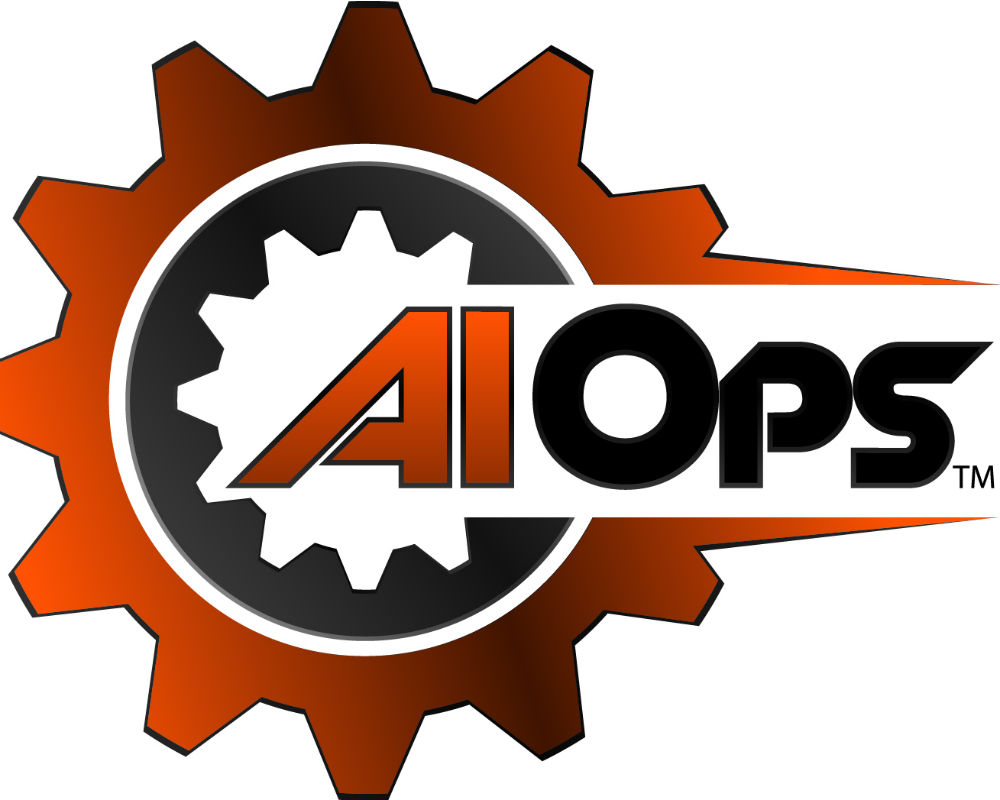infoTECH Feature
How AIOps Enables Self-Healing Hybrid HT
 By Bill Yates
By Bill Yates
Make predictions about where and when your next security breach will occur by using AIOps to tie together disparate systems across your IT stack.
In his keynote address on Wednesday morning at The new intelligence Expo in Fort Lauderdale, FixStream founder and chief executive officer Sameer Padhye explained how employing AIOps technology helps IT systems learn to heal their own problems.
“Understand the topology of your network,” Sameer says. “Then figure out how you can reduce the noise.” He says that using AIOps as a business analysis tool is a three-step process:
- Obtain an accurate inventory of all your data.
- Learn how all your IT systems are connected.
- Apply machine learning and AI tactics to make predictions.
Sameer noted that the transfer to a digital workforce increases your IT complexity. Application problems can arise anywhere, from server problems to bandwidth issues. The concentration of data in independent systems – “data silos” – further hampers the move to a digital environment.
Those silos should be linked into your main data repository, he says. “IT application silos limit business velocity,” he says. As an example, he describes the familiar conference-call method of crisis management, where each team member on the call reponds only to the issues that affects their business division.
The implementation of AIOps can tie together systems from different vendors, as well as analyze the production of those systems. It’s the analysis that give the Ops to AI, he says.
The goal is to apply machine learning, as well as other AI techniques, across the entire IT stack, Sameer says. “We want correlation, visualization and machine learning to take hold across the data stack,” he says. “Understanding the topology of your network is key to success.”
Discover, correlate, then strategize, he says. He wants his AI software to observe the functions of the IT systems, engage with the ecosystem and then act upon solutions to solve issues.
The process involves gathering massive amounts of uncorrelated data. “Millions of data points,” he says. Then the data is processed to evoke patterns, which are used to make predictions about future events that may occur.
To analyze your complete system, you’ll need to use different tools to perform different tasks, he says. Defining event sequencing clusters to enhance incident prediction, applying multi-variate anomaly detection and employing infrastructure capacity analysis are just a few tools in the AIOps toolkit.
Edited by Maurice Nagle
infoTECH Headlines
What Is AWS EFS? Features, Use Cases, and Critical Best Practices
Cost-Effective Approaches to s1000d Conversion
A virtual crossroads for technology enthusiasts
Benefits of employee monitoring software in preventing overworking of workers
CI/CD: Trends and Predictions for 2024
Technical Documentation for IT: A Practical Guide
Managing Your Costs on AWS: A 2024 Guide
What Is Application Dependency Mapping?
Top 5 Kubernetes Errors and How to Solve Them
How Artificial Intelligence Can Improve the World of Online Gaming Platforms
Rich Tehrani
Rich Tehrani




